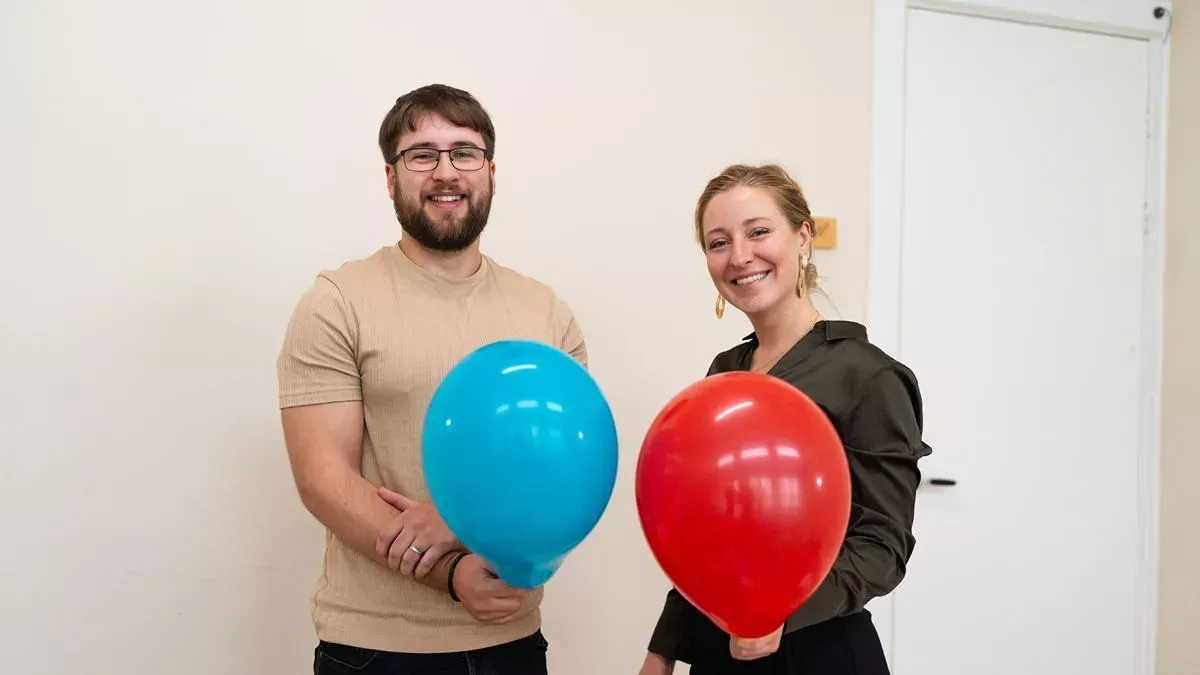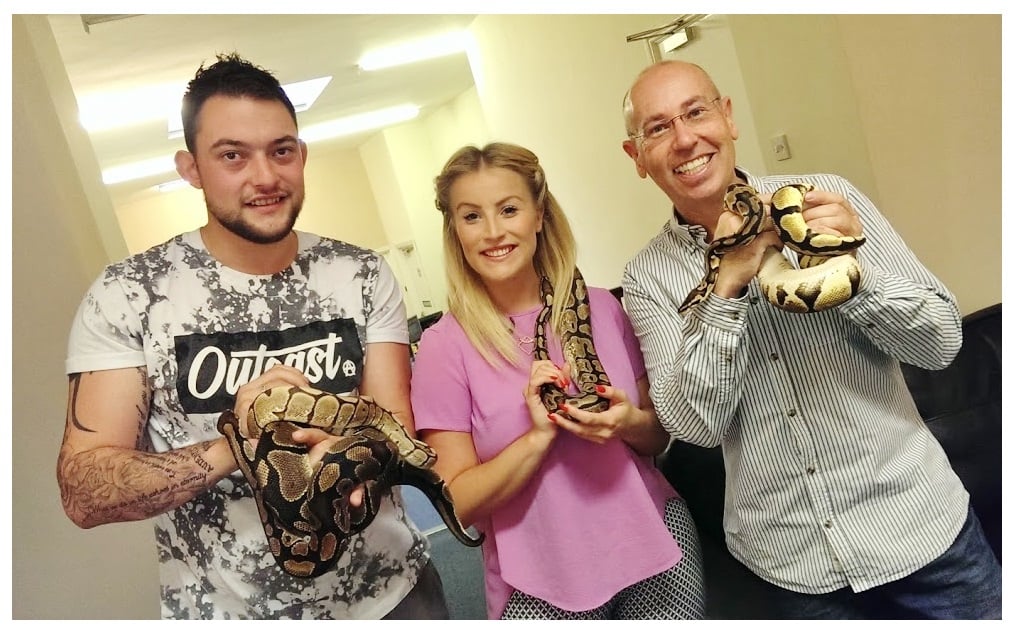The Fear Clinic on Channel Four - What happens at the Fear Clinic?


Attending a party is Ollie’s absolute nightmare. Just seeing a balloon makes him shake, sweat, and cry uncontrollably. His instinct is to flee. This severe balloon phobia, known as globophobia, keeps him in constant anxiety, disrupting life for him, his partner, and their young kids.
Nina panics so much as a car passenger that she tries to escape while it’s moving. Nick, a warehouse manager, hides in his car at lunch to avoid mice. Devereaux has an extreme fear of sausage dogs, causing sweating and itching at the sight of one. “It’s crippling,” he admits.
These phobias might sound amusing, but they cause severe stress and anxiety. Around 10 million people in the UK live with phobias. Luckily, an innovative treatment at Amsterdam’s Kindt Clinics offers hope by helping patients confront their fears head-on.
This treatment is showcased in Channel 4’s The Fear Clinic: Face Your Phobia. The show follows Brits seeking help at Kindt Clinics, which treats common phobias like heights, spiders, and dentists, as well as unusual ones like fears of vacuum cleaners or ghosts. Psychologist Vivian Metselaar explains: “We see phobias for animals, needles, dentists, the dark, and much more.”
Over 48 hours, patients face their worst fears using a method pioneered by Dr. Merel Kindt, a psychology professor at the University of Amsterdam. Patients enter the Confrontation Room, triggering their phobia, and then take a Beta Blocker, which alters emotional memory processing. Though patients often scream and cry, the treatment aims to free them from their fears. Dr. Kindt says, “For people living with these fears for decades, the results can be life-changing.”
For Ollie, the treatment begins with staff ominously inflating balloons to fill a room. “It sounds ridiculous to fear an object, but balloons are everywhere,” he says. He scouts exits and avoids kids’ parties due to his fear. Vivian acknowledges, “Balloons symbolize joy for most people, making this phobia particularly shameful.”
Ollie’s fear stems from childhood when, trapped in a hall with children popping balloons, he felt helpless. His therapy involves entering the balloon-filled room blindfolded, unable to predict pops. He shakes, cries, and experiences flashbacks, wanting to leave. “I don’t want to feel this way anymore,” he says. After taking the Beta Blocker, he revisits the room the next day and remarkably feels calm. Managing to pop a balloon himself, he calls the experience “life-changing.”
For some, the treatment is too intense. Nina, who has a phobia of car passengership, panics during therapy and tries to open the doors mid-drive. Though the session is abandoned, she remains hopeful: “I’m not giving up.” Dr. Kindt notes, “Even when patients want to improve, the treatment can be overwhelming.”
Devereaux, a mathematician, fears sausage dogs. He describes them as “disproportional” and recalls sweating and itching when he first saw one after moving to the UK. His fear isolates him, as people don’t take it seriously. Therapy introduces Noodles, a sausage dog, but Devereaux screams and shakes, initially failing the session. He hopes future attempts will succeed: “If it works, it’ll change my life.”
The six-part series covers various cases, from Tracey’s fear of open water to Dave’s panic over moths. It also features fears of sheep, birds, frogs, vomit, spiders, and clowns. Each patient confronts their phobia in specific scenarios.
Nick, afraid of mice, struggles daily as a warehouse manager. “They’re sneaky and disgusting. Nowhere feels safe,” he says. In therapy, he hesitates to enter a room with mice but eventually lets one climb on his leg, declaring, “Mission accomplished,” without fear.
When is The Fear Clinic on and where can you watch the Fear Clinic?
The Fear Clinic: Face Your Phobia, starts Tuesday 21st January at 8pm on Channel 4 & Channel4.com
What is the Method used at the Fear Clinic?
The Memrec method works by altering a patient’s emotional memory – changing how they react when they see their fear. Dr Merel Kindt, who pioneered the treatment, explains: “We confront people with what they fear, then interfere with the re-saving of the memory during sleep.”